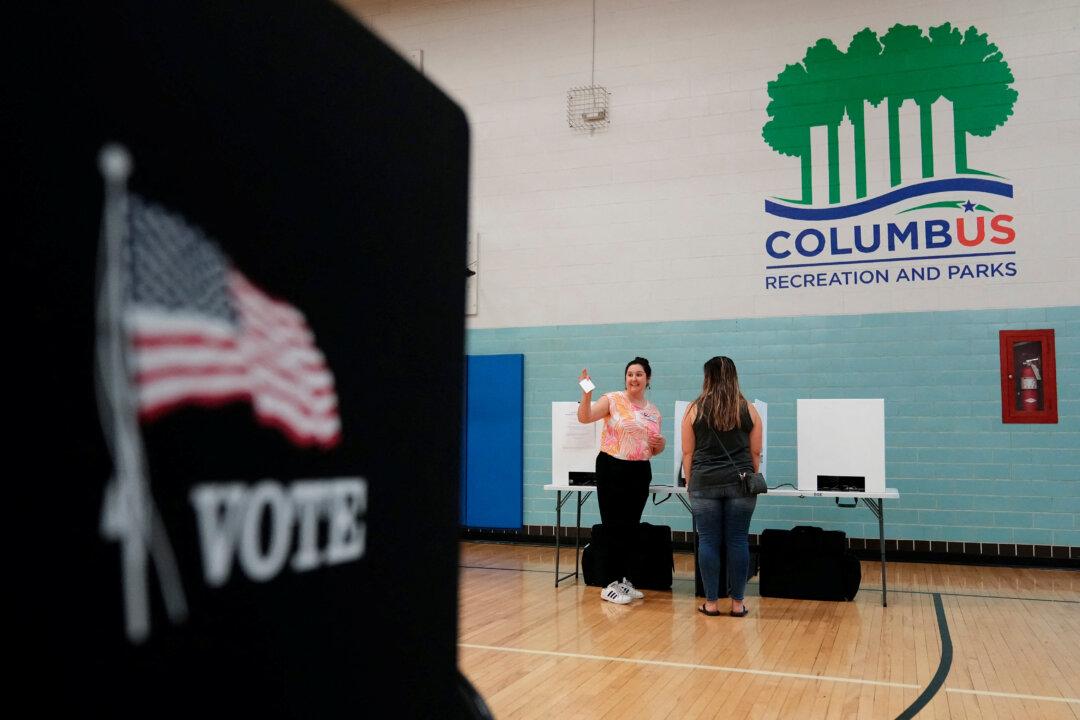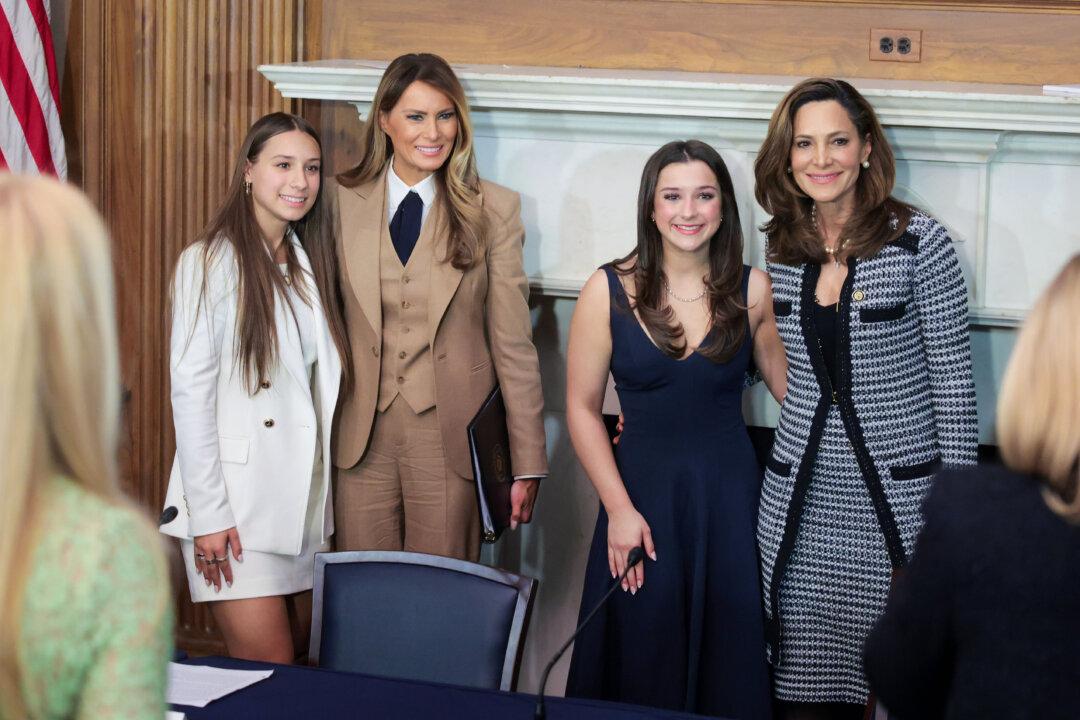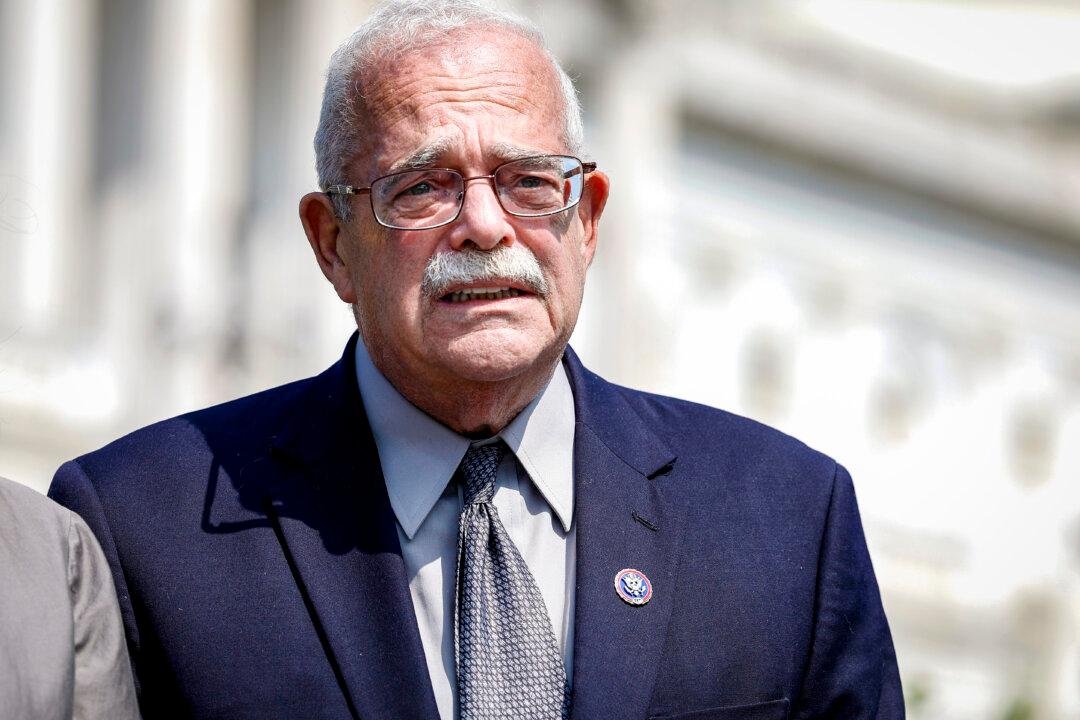HIGHLAND COUNTY, Ohio—Ohioans voted on Aug. 8 to reject stricter requirements for citizen-initiated amendments to the state’s constitution in a move that could bode well for activists’ efforts to codify abortion rights later this year.
With reporting from all precincts and an outstanding 58,000 ballots, the “no” vote won 57.01 percent to the “yes” vote’s 42.99 percent.






